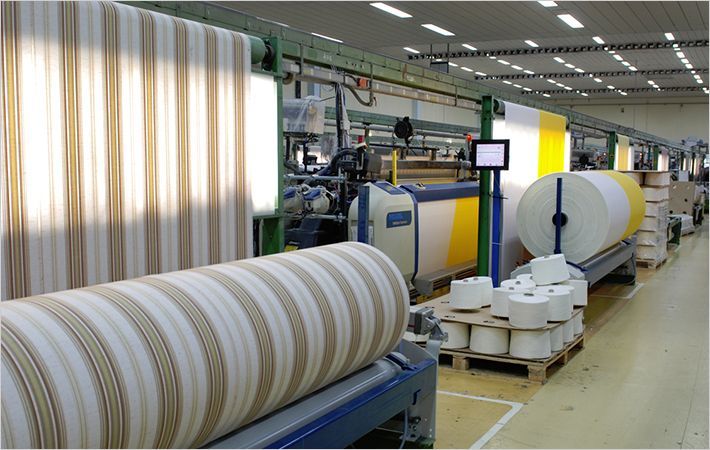The new innovation includes a nano biotechnology hemostatic mesh, which creates a mechanical barrier stopping blood flow in wounds and integrates both physical and chemical protection, and antibacterial properties.
The proprietary nano material is made with polyvinyl nanofibers, graphene oxide sheets and plate nanoparticles which combine to produce a water-soluble synthetic polymer which has excellent film forming quality, a high tensile strength and flexibility, and allows for emulsifying of additional biomedical enhancing materials that would otherwise not be able to be blended together.
The result is a surgical mesh that allows blood platelets to adhere to the surface and offers physical and chemical protection to stimulate coagulation, and possess sustained release of antibacterial properties. The material is biocompatible, durable, and flexible enough to fit complex wounds, is stable and functional at extreme temperatures, has a long shelf life, and possesses antibacterial properties.
"There have been a number of patented hemostatic materials that are based on the use of nanofibers. However, these patents do not include the use of graphene oxide and silver nanoparticles, which gives our new product antibacterial properties and mechanical reinforcement," states Dr. Castano, Chief Innovations Officer of Nano Labs.
Silver's antimicrobial properties have been known for centuries and the bactericidal properties of silver nanoparticles are widely documented. Silver nanoparticles cause lysis of bacteria and do not pose a risk to the health of people. Graphene, which consists of carbon sheets (the thickness of a single atom), are used as a template for the assembly of the silver nanoparticles, enhancing the binding capacity of the nanoparticles and increasing its antimicrobial activity.
"The use of nanotechnology in medicine offers many exciting possibilities from disease targeting and drug delivery, to physical therapy and cell regeneration applications. From the point of view of nanotech we are at the perfect scale to manufacture, interface and heal at the molecular and cellular level.
"The size of nanomaterials is similar to that of most biological molecules and structures, for example a cell wall," states Dr. Castano. "In the case of our new surgical mesh, we have added nanomaterials and interfaced them with biological structures. We are very hopeful that our new product will assist in both hospital theatres worldwide decreasing post-op complications and in the field.
"Current practices for staunching bleeding wounds in the field are generally based on compression but this can be difficult to control or even achieve in the field. Our new product is designed to offer an inexpensive and practical alternative. Nanotechnology holds great promise in the field of medicine. Of all the benefits nanotechnology holds, the greatest promise to mankind I believe will be in medicine."
Nano Labs Corp

